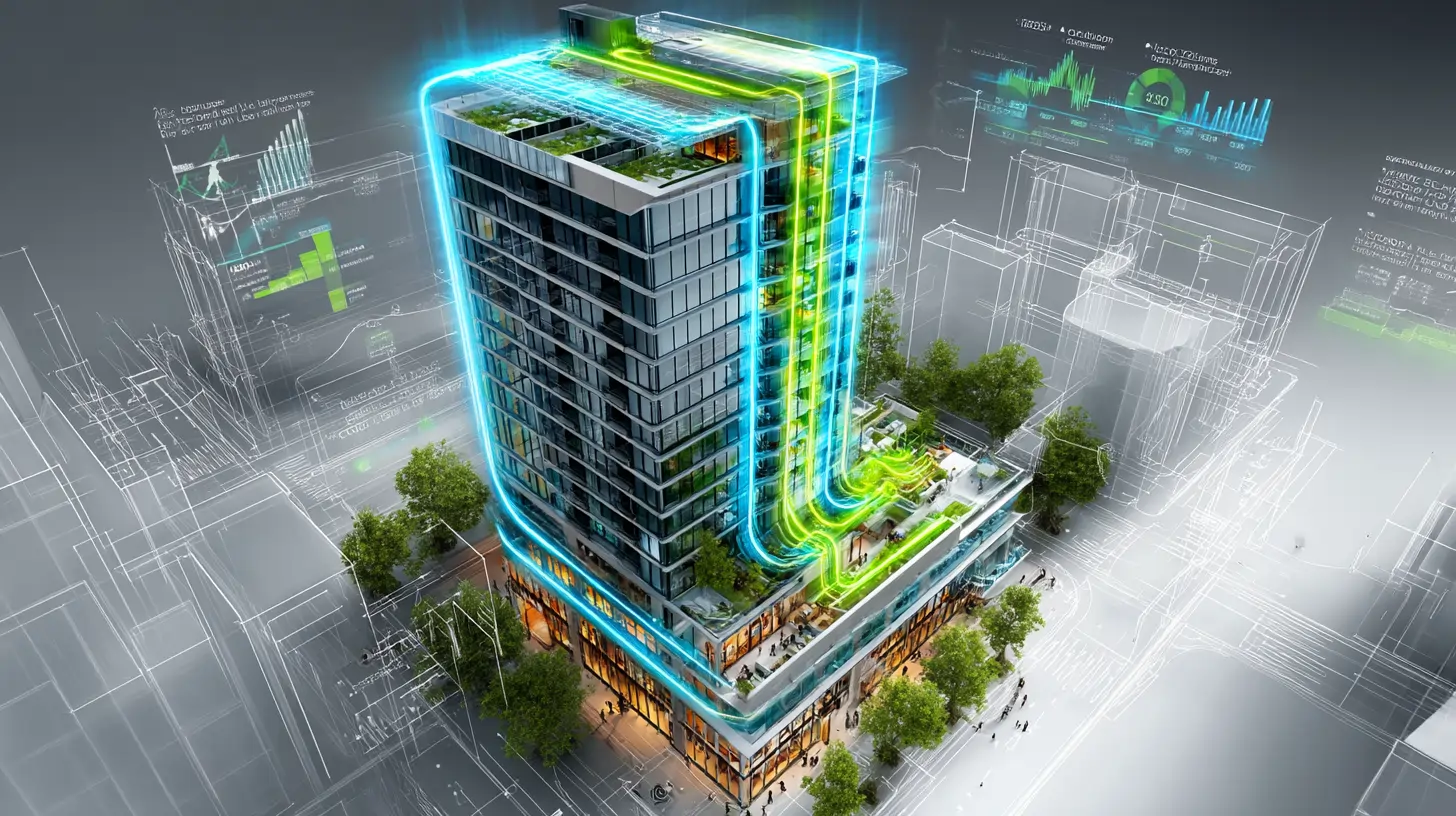Got questions? Send us an email:
info@hpbs.uz
Unlocking Performance and Profitability: How Energy Modeling Elevates Class A Developments
Introduction
In today’s competitive commercial real estate market, energy efficiency and ESG compliance are no longer optional—they’re imperative. With 85% of investors now prioritizing sustainability (source: 2024 Global Real Estate Sustainability Benchmark), Class A developments must deliver transparency, performance, and long-term value. Traditional design methods, reliant on static assumptions, fall short of meeting these demands. Energy modeling emerges as a dynamic, data-driven solution, enabling developers to optimize systems, reduce costs, and align with global standards. This article explores how HPBS leverages energy modeling to transform Class B and bellow projects into Class A buildings and high-performing, profitable assets.
The Role of Energy Modeling: Beyond Static Assumptions
Energy modeling simulates a building’s energy use by analyzing thermal behavior, lighting, and HVAC systems under diverse scenarios. Unlike normative calculations, dynamic tools—calibrated with real-world data—predict outcomes with precision. This process not only ensures compliance with certifications like LEED and BREEAM but also balances capital expenditure (CAPEX), operational costs (OPEX), and occupant comfort. For instance, modeling can reveal how façade design impacts HVAC loads, guiding cost-effective material choices.
Methodology: A Step-by-Step Approach to Optimization
HPBS’s structured methodology ensures holistic improvements:
1. Baseline Energy Model: Establish a benchmark using project-specific data or standards like ASHRAE 90.1 (a common reference for energy efficiency).
2. Measure Simulation: Test 40+ solutions (e.g., heat recovery systems, glazing upgrades) with economic/environmental evaluations.
3. Scenario Bundling: Combine measures (e.g., “innovative” vs. “conservative” packages) to assess synergies.
4. Implementation & Certification: Translate optimal scenarios into technical specs and align documentation for certifications.
5. Value Communication: Highlight energy savings and ESG benefits to attract tenants/investors.

Case Study: A Class A High-Rise’s Transformation
Project Overview: A 110,000 m² mixed-use complex in a climate with extreme temperature swings.
Challenge: Reduce CAPEX/OPEX while enhancing sustainability.
Key Measures Implemented:
- High-Efficiency Enthalpy Heat Exchangers (75% recovery): Reuse waste heat from exhaust air.
- Façade Zoning with Night Setback: Adjust heating based on occupancy and orientation.
- Ethylene Glycol Replacement: Higher heat transfer efficiency vs. propylene glycol (explained in footnote).
- Chiller Plant Optimization: Right-sized equipment based on modeled peak loads.
Results
|
Metric |
Improvement |
|
Heating/Cooling Loads |
11-12% Reduction |
|
CAPEX Savings |
€450,000 (18%) |
|
Annual OPEX Reduction |
7% |
|
CO₂ Reduction |
6,600 tCO₂e |
Why Energy Modeling Matters: Tangible Benefits
- Cost Savings: Lower CAPEX (right-sized systems) and OPEX (efficient operations).
- Certification Readiness: Streamlined compliance with LEED/EDGE.
- Market Appeal: ESG-aligned assets attract premium tenants and investors.
- Climate Impact: Measurable GHG reductions support corporate sustainability goals.
Conclusion: Future-Proof Your Development
Energy modeling isn’t just a technical exercise—it’s a strategic tool for risk mitigation and value creation. As regulations tighten and tenant expectations evolve, data-driven design will separate market leaders from laggards. Build a partnership with HPBS to turn energy efficiency into a competitive edge.
Ready to optimize your next project? Contact HPBS for a customized energy modeling assessment.